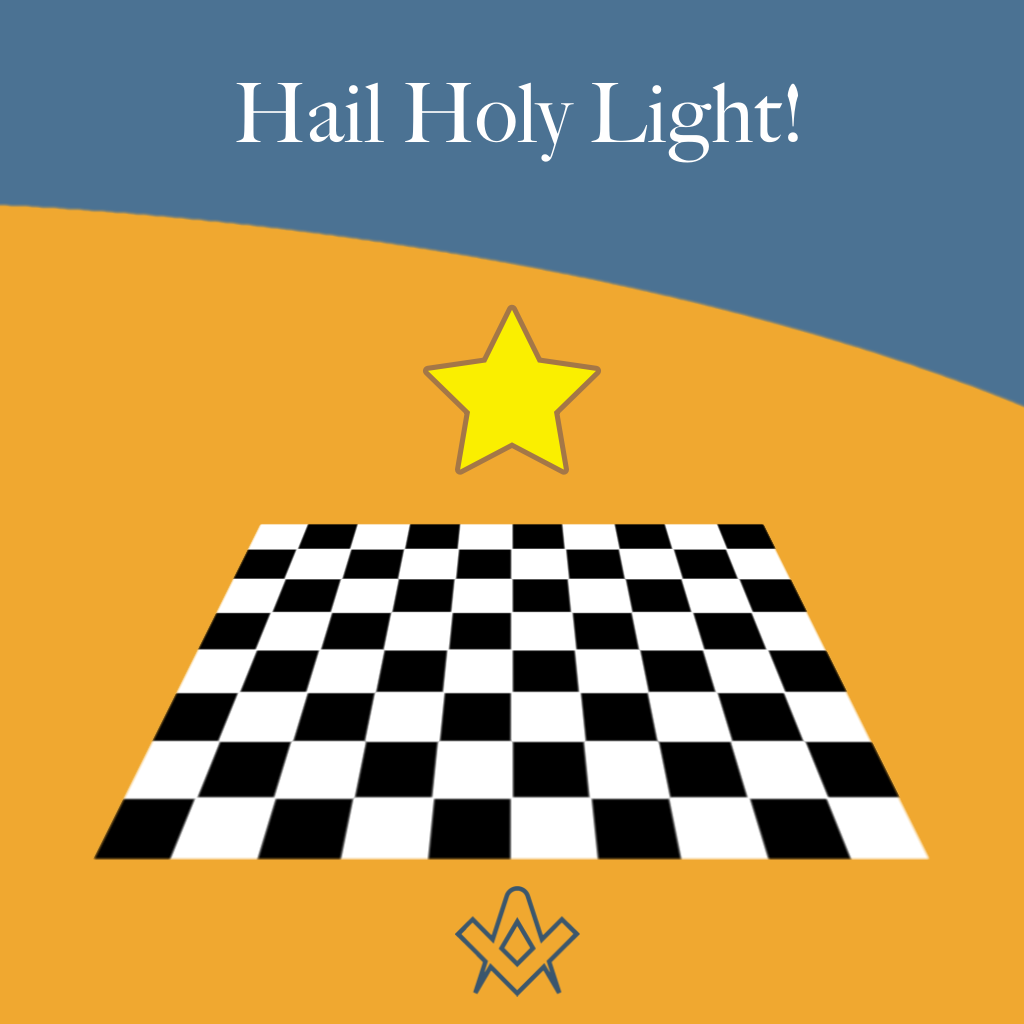Adam had been raised to the third degree about eighteen months previously, and had made great progress already in decoding some of the more easily accessible allegories and insights which had come his way through the degree ceremonies.
In addition, he had started to read the lectures in the three degrees.
His impressions of this new and intriguing world in which he took his first masonic steps were mixed.
He had asked some of the older brethren in his lodge, after the glories of the first and second degrees, how he should properly understand the bleak despair of the third.
They had smiled indulgently, and given him some spiel, the upshot of which was that he should not take it all too seriously.

The darkness from which he had come was not a darkness removed from his proper experience but a darkness which was the complement of the light

But at the same time, he had made friends with some younger brethren newly graduated from university, who had some insights of their own in regard to nature and science, and the influence of the great thinkers of the late seventeenth century, and the Royal Society in particular.
One of the aspects which had made a firm impression on Adam was the juxtaposition in so many ways of light and dark, black and white.
He recognised that in the ceremony of initiation he had progressed from darkness to light, had regained the ‘blessing of material light’ only to meet with the inescapable square pavement, reminding him that the darkness from which he had come was not a darkness removed from his proper experience but a darkness which was the complement of the light, and represented ever-present danger lurking at the perimeter of the light.
But of light sources there were plenty apart from these: three great lights, three lesser lights, the Blazing Star or Glory in the centre of the lodge.
Ah, but wait: he had even unearthed an apparent paradox – the lecture, speaking of the ornaments of the lodge, had said that ‘the blazing star refers us to the sun’ which was clearly not so, since the blazing star and the sun were depicted next to each other on the tracing board.
He had in fact read elsewhere that the Blazing Star, being positioned at the top of Jacob’s Ladder, represented the presence of the Almighty.
Still, he was having a great time looking at other light sources.
Jewels after all reflected light did they not? And each one in its own individual colour, so there lay a rich store of discovery, three movable jewels and three immovable.
And all this just in the first degree – who knows what he would in due time discover in the other two?

Light symbolises knowledge, and darkness symbolises ignorance

And then, by one of those slivers of serendipity that come from time to time, Sandeep, a Hindu brother in his lodge, was talking to him about the practice in his home of lighting a lamp before the altar of the Lord, one at dawn, one at dusk. All auspicious functions commence with the lighting of the lamp.
‘Light,’ said Sandeep, ‘symbolises knowledge, and darkness symbolises ignorance’.
The Lord is the “Knowledge Principle”, who is the source, the enlivener and illuminator of knowledge, so light is worshipped as the Lord Himself.’
Knowledge, Sandeep told him, removes ignorance, just as light removes darkness.
Suddenly, Adam remembered something from his own Christian faith.
‘The light shineth in the darkness; and the darkness comprehended it not.’
As a child he used to listen to this part of the gospel at Christmas, and was intrigued by the idea that darkness could ‘comprehend’, or understand, anything, since he did not regard darkness as a sentient being.
But then of course he thought, it was possible that ‘comprehend’ in this sense may have had the force of ‘encompass’ or ‘include’, in other words the light was so great, that the darkness could not control it, the darkness fled before it.
Sandeep had another insight to impart. ‘Tell me,’ he asked, ‘when the sun and the moon have both set, the fire has gone out, and speech has stopped, what exactly serves as the light for a man?’
‘I don’t know,’ said Adam. ‘Tell me.’
‘The Self serves as his light. It is through the light of the Self that he sits, goes out, works and returns.’
‘So the Self is capable of imparting light,’ asked Adam, ‘in the same way that Divinity does?’
‘But of course!’ said Sandeep. ‘The closer we are to Divinity, the more use we can make of light which we ourselves make manifest.
And two of the immovable jewels, the rough ashlar and the perfect ashlar, represent aspects of the Self, the one unformed, with only a feeble light, the other already on the path to the light of greater knowledge and moral improvement.’
‘What about the third immovable jewel, the tracing board?’ asked Adam. But he already knew the answer:
As the tracing board is for the Master to lay lines and draw designs on, the better to enable the Brethren to carry on the structure with regularity and propriety, so the Volume of the Sacred Lore may justly be deemed the spiritual tracing board of the Great Architect, in which are laid down such Divine laws and moral plans that were we conversant therein and adherent thereto, would bring us to an ethereal mansion, not made with hands, eternal in the heavens.
So, the third immovable jewel is the greatest light of all, he thought, the knowledge of Divinity itself.
And when the Self has arrived at the Sanctum Sanctorum in the third degree, Self and Divinity meet in the sacred space, a space where, death being defeated, light has banished all darkness.
Article by: Julian Rees

Julian Rees was initiated into Freemasonry in 1968 in Kirby Lodge No. 2818, London and was Master in 1976/77 and again at the centenary of the Lodge in 1999/2000. He joined many other UGLE Lodges.
He has been a regular contributor to Freemasonry Today since its founding in 1997 and from 2003 to 2007 he was Deputy and News Editor.
He was appointed active Junior Grand Deacon in the United Grand Lodge of England in 2007. In 2011 he left UGLE and joined the International Order of Freemasonry for Men and Women Le Droit Humain. He remains a well-published and respected Masonic author.
web site: www.julianrees.com

Making Light Handbook For Freemasons
by Julian Rees
At last an easy-to-read guide to the path of self-knowledge and self-improvement that is Freemasonry. This volume takes the reader through each of the three degrees of Craft Freemasonry, explaining how best to gain insight from the study and application of these teachings.
For the newly made Mason, this book provides an explanation of the ceremony and a glossary of Masonic terminology. It also provides a similar guide for future degrees of Masonic progression.
For the experienced Freemason it illustrates interesting and largely unknown aspects of the symbolism of the three degrees. To discover the true Masonic secret, we have to work to bring it forth; this book is the manual for that great work.

Tracing Boards of the Three Degrees in Craft Freemasonry Explained
by Julian Rees
Although most Freemasons will be familiar with the Tracing Boards – painted or engraved illustrations developed in the early years of Freemasonry which are used in Lodges to illustrate Masonic symbols and allegories during degree ceremonies and lectures – little has been published on them.
The Tracing Boards are an essential part of the three Craft Degrees, assisting the Freemason in his quest to decode and interpret those allegories.
There is no publication which adequately explains the Tracing Boards, their use and meaning of their symbolism, and Tracing Boards of the Three Degrees in Craft Freemasonry Explained fills that gap.
The first three chapters give a detailed method of understanding and revealing the import of the three craft boards, based on those used in the three degrees by the Emulation Lodge of Improvement, known as the Harris Boards, which contain the elements of most of the Tracing Boards used in Lodges throughout England.
The fourth chapter gives a brief overview of the history and the development of Tracing Boards in England, with some fascinating illustrations of long-forgotten boards.
In the fifth chapter the author draws in many Tracing Boards and Lodge Cloths from other countries, particularly from the USA, and from other Masonic jurisdictions, bringing the art-form right up to the 21st century.
This book is richly illustrated and features boards never before seen outside museums.
Julian Rees was for some years on the Precepting Committee of the Emulation Lodge of Improvement in London. He has been a regular contributor to the quarterly magazine Freemasonry Today since its founding in 1997.
In 2003, he joined the editorial team as deputy and news editor, and in the same year delivered the prestigious Wendel K. Walker Memorial Lecture in New York entitled Through Ritual to Enlightenment.
He was one of the founding members of The Cornerstone Society, serving as Secretary for a number of years, and has lectured extensively to lodges in this country and abroad.
Rees has been honoured by the Institut Maçonnique de France with the Ordre Maçonnique de Lafayette.
He is now a member of the International Order of Freemasonry Le Droit Humain in England.
He is the author of Making Light – A Handbook for Freemasons, The Stairway of Freemasonry, Ornaments Furniture and Jewels and So You Want To Be A Freemason?
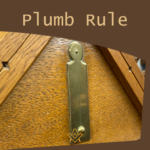 The infallible Plumb Rule, which, like Jacob’s Ladder, connects Heaven and Earth, is the criterion of rectitude and Truth. It teaches us to walk justly and uprightly … |
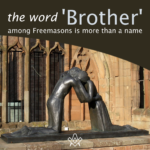 Brother among Freemasons is more than a name Are we to be forever crushed by evil and allow it to distort our lives ? Or maybe we can learn a lesson of understanding, tolerance and reconciliation. |
 Light symbolises knowledge, and darkness symbolises ignorance |
 Ritual. Why are we doing this repeatedly, over and over again. We all know the words. What is the point? |
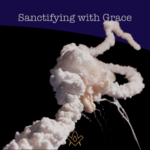 Feelings, instincts, can be our best defence against mistake or attack. |
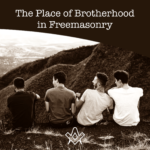 The Place of Brotherhood in Freemasonry To what extent are the fraternal relations between my fellow Freemasons and myself different to those which I hold with my neighbours and friends? |
 The mind is not a vessel to be filled, but a fire to be kindled. |
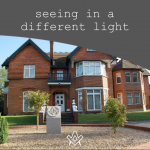 Further in-site into The International Order of Freemasonry for Men and Women Le Droit Humain which has been implanted in the United Kingdom since 1902 and is today the standard-bearer of the Order in this country. |
 Introduction to Co-Freemasonry A brief introduction to universal Co-Freemasonry - Le Droit Humain, Freemasonry for both Men and Women |
masonic knowledge
to be a better citizen of the world
share the square with two brothers

click image to open email app on mobile device



